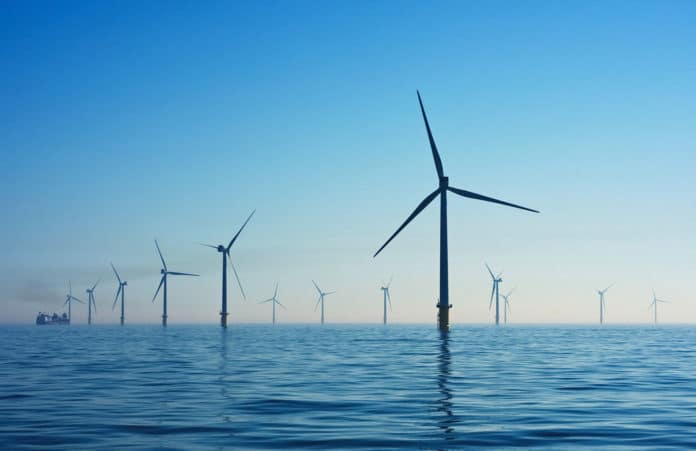The mass deployment of wind farms, along with other cleaner energy sources, is likely to be a crucial part of the global fight to mitigate climate change. This is why more and more countries are promoting the expansion of wind farms at sea. However, if these offshore wind farms are set up close to each other, wind energy and hence electricity yield are reduced.
A study by the Helmholtz Center Hereon shows that the losses with increasing offshore wind energy production will be considerable and detachable as a large-scale pattern of reduced wind speed around wind farms. A team led by Dr. Naveed Akhtar from the Helmholtz-Zentrum Hereon has found that the close proximity of wind turbines significantly slows down wind speeds at the downstream wind farm.
It reveals that this braking effect results in astonishingly large-scale low wind patterns noticeable in mean wind speeds. The mean deficit, which decreases with distance, can extend 35-40 km, while in certain weather conditions, even up to 100 km. The team noted that the output of a neighboring wind farm could thus be reduced by 20% or more, which increases energy production costs and economic losses. If wind farms are planned close together, these wake effects need to be considered in the future.
Akhtar and his team used the computer model COSMO-CLM, which is also used by weather services, to calculate the wind speed over the North Sea for the period from 2008 to 2017, covering a range of different weather conditions. The results from the latest research on the deployment of offshore wind energy “show that we will face a large scale pattern of reduced wind speed, which shows largest extensions during stable weather conditions, typically the case in March and April. In stormy times, on the other hand – especially in November and December – the atmosphere is so mixed that the wind farm wake effects are relatively small,” according to a press release on the research.
To verify the model data, the team compared the simulations with wind measurements recorded on two research platforms in the North Sea from 2008 to 2017.
“Conventional flow models for analyzing wind farms have a very high spatial resolution, but only look at a wind field over a short period of time,” says Akhtar. “In addition, these cannot be used to determine how a wind farm changes the airflow over a large area.“
Akhtar and his colleagues intend to investigate in the near future what influence the reduced wind speeds have on life in the sea. Ultimately, it may turn out that otherwise, a smart switch to wind energy would make much less sense if it actively harms the environment around it.
